Number crunch: Murray T.50 V12 vs Aston Martin Valkyrie V12
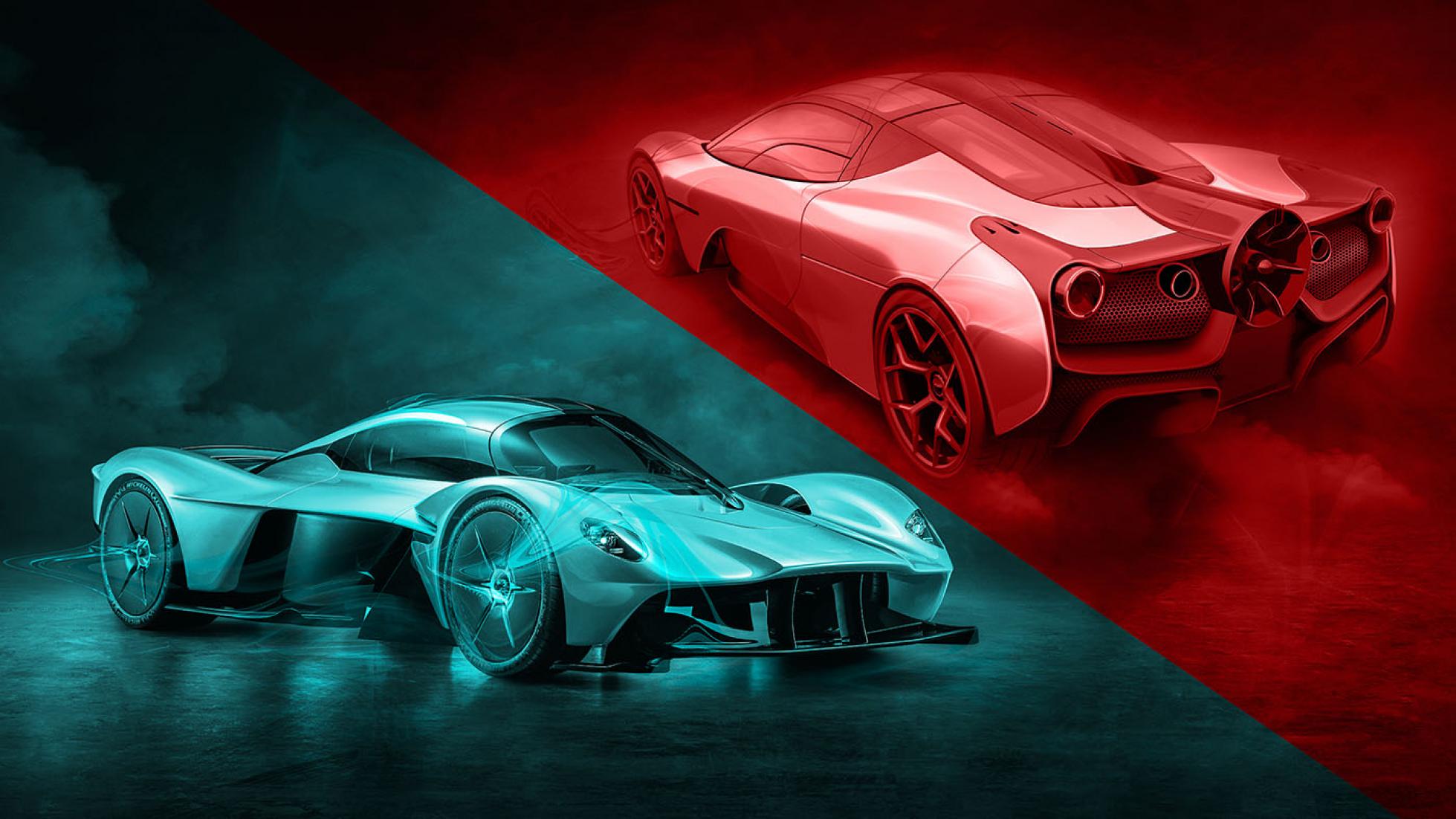
The Aston Martin Valkyrie and Gordon Murray Automotive T.50 attack the thorny problem of ‘building the ultimate supercar’ from completely opposite poles.
Aston’s Red Bull-soaked contender is as close to a road-going Formula One racing car as you’re ever likely to see. It’s fluent in high tech, massive downforce, and huge power. It’s largely the brainchild of ex-McLaren and current Red Bull Racing F1 tech boss and aerodynamicist, Adrian Newey.
The Murray T.50 meanwhile, is adamantly not a racing car with numberplates. Like its spiritual father the McLaren F1, it deploys F1-blooded tech: ground-effect aero, carbon construction, and that central driving position, but it’s an old-school driver’s car in set-up. Low mass, no big wings, and a manual gearbox, because that’s ex-Brabham and McLaren designer Gordon Murray’s cup of tea.
Where their Venn diagrams overlap is in the engine department. Both companies knocked on the door of British auto engineering firm Cosworth seeking a naturally aspirated, lightweight and power-dense V12. Two spectacular-sounding powerplants have resulted. Neither the Valkyrie or T.50 is finished yet, so while we wait, join us for a spot of number-crunching.
Got a favourite?
Capacity
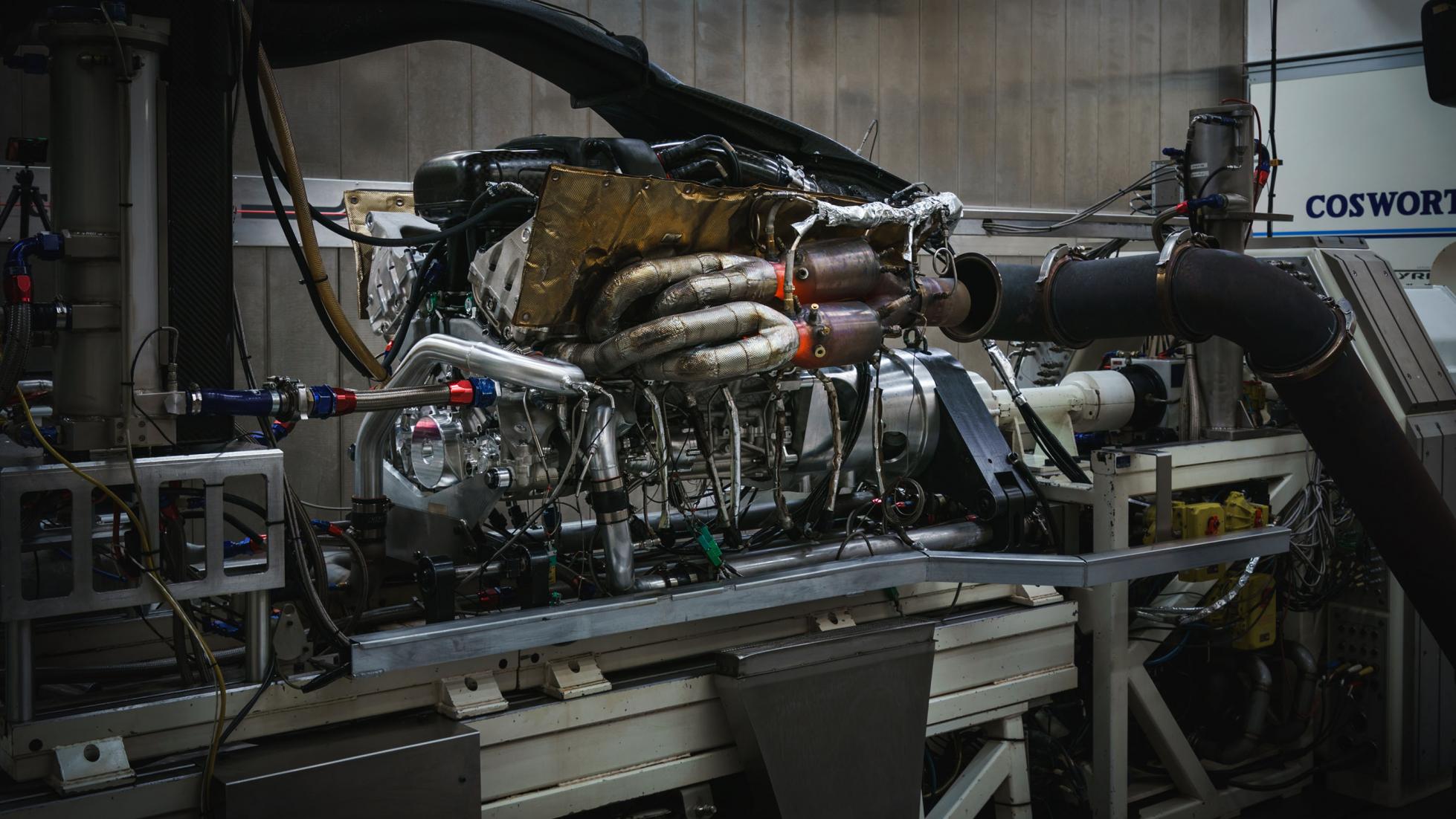
The Aston’s engine is dominant here: at 6.5 litres, its displacement dwarfs the T.50’s 3.9-litre engine. Well, GMA calls it a 3.9, anyway. Hmm…
It actually displaces 3,994 cc, so by our reckoning, that’s a 4.0-litre. After all, a Porsche Cayman GT4 has a 3,995cc engine, and Porsche’s perfectly happy to call that a 4.0-litre. Mercedes-AMG says the V8 in the C63, E63 and GT is a 4.0-litre as well. Guess what? It’s a 3,982cc engine. We digress.
While Murray desired a small-capacity V12 inspired by the 3.3-litre V12 found in the nose of the Ferrari 250 GTO, big-capacity V12s have a storied history in Aston Martin lore.
Indeed, it was even mooted to use a weapons-grade version of the Aston One-77’s 7.3-litre Cosworth V12, but the decision was made to go bespoke because the old warhorse, good for 750bhp way back in 2009, wouldn’t have produced enough power. Speaking of which…
Horsepower
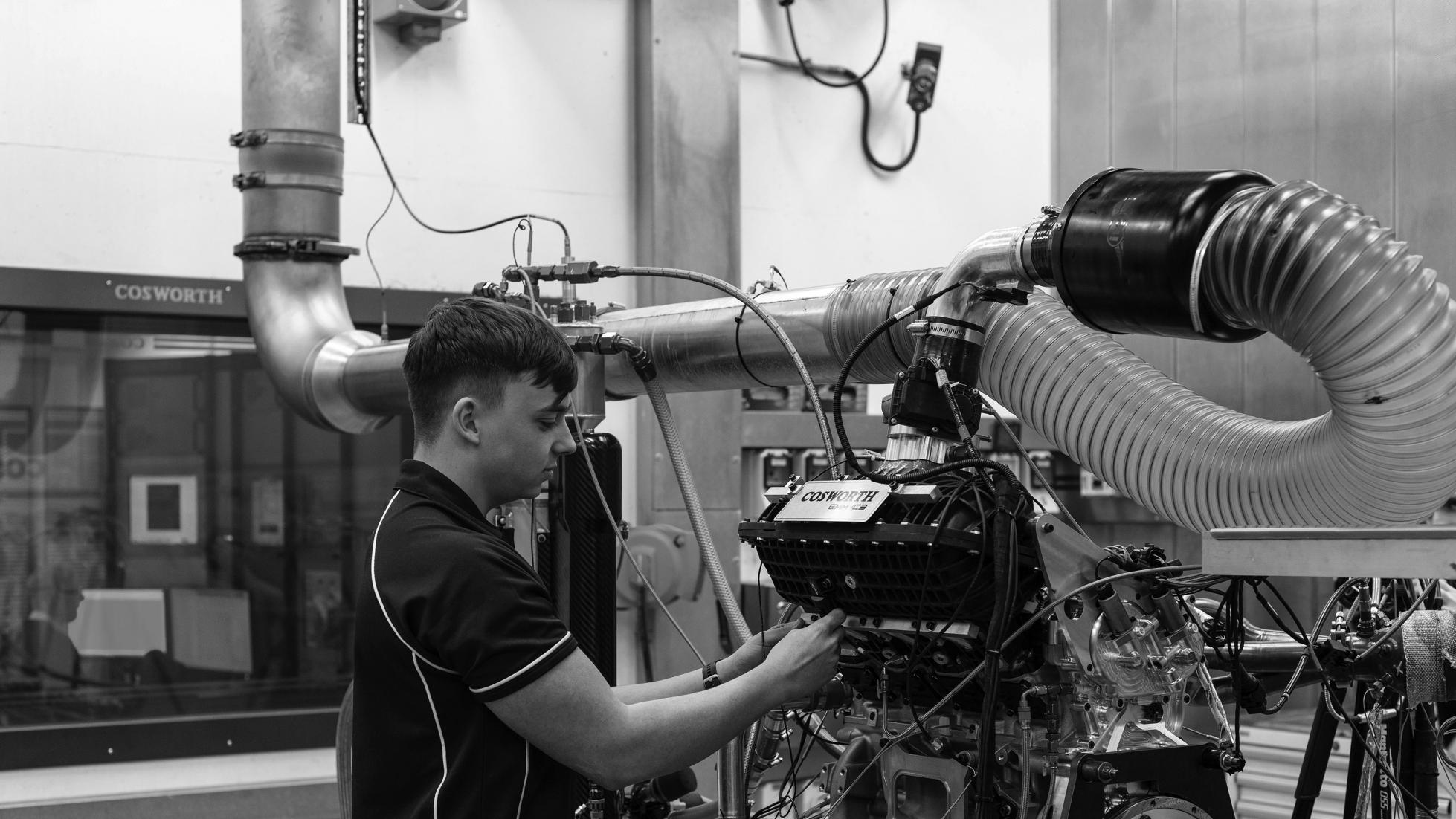
It’s no surprise that the Valkyrie’s 2.5 litre-bigger engine serves up more horses. We’re told the engine itself develops a nice, round 1,000bhp, while its supplementary e-boost hybrid element contributes 160bhp. That’s more than a whole VW Up GTI. So, 1,160bhp all in.
Meanwhile, the Murray T.50 will ‘make do’ with 663PS (653bhp) though it too has a trick up its tailpipes. A 48-volt starter-generator is bedded into the block, doing away with a starter motor which is only used when you turn the key. GMA says that in v-max mode, the T.50’s integrated e-motor adds 50bhp. Unlike the Valkyrie, there’s no rumour of a modest electric-only range.
And because of the ram air effect from the overhead snorkel intake, the T.50 will (like the McLaren F1) actually develop more power when it’s going quickly, because of how much air is being forced into the hungry V12. It’s for that reason that, when Le Mans winner Andy Wallace v-maxed the McLaren F1 on 31st March 1998, McLaren’s engineers disconnected the rev limiter, because the computer was stopping the engine from spinning as fast as it could once the speeds got blurry.
Redline
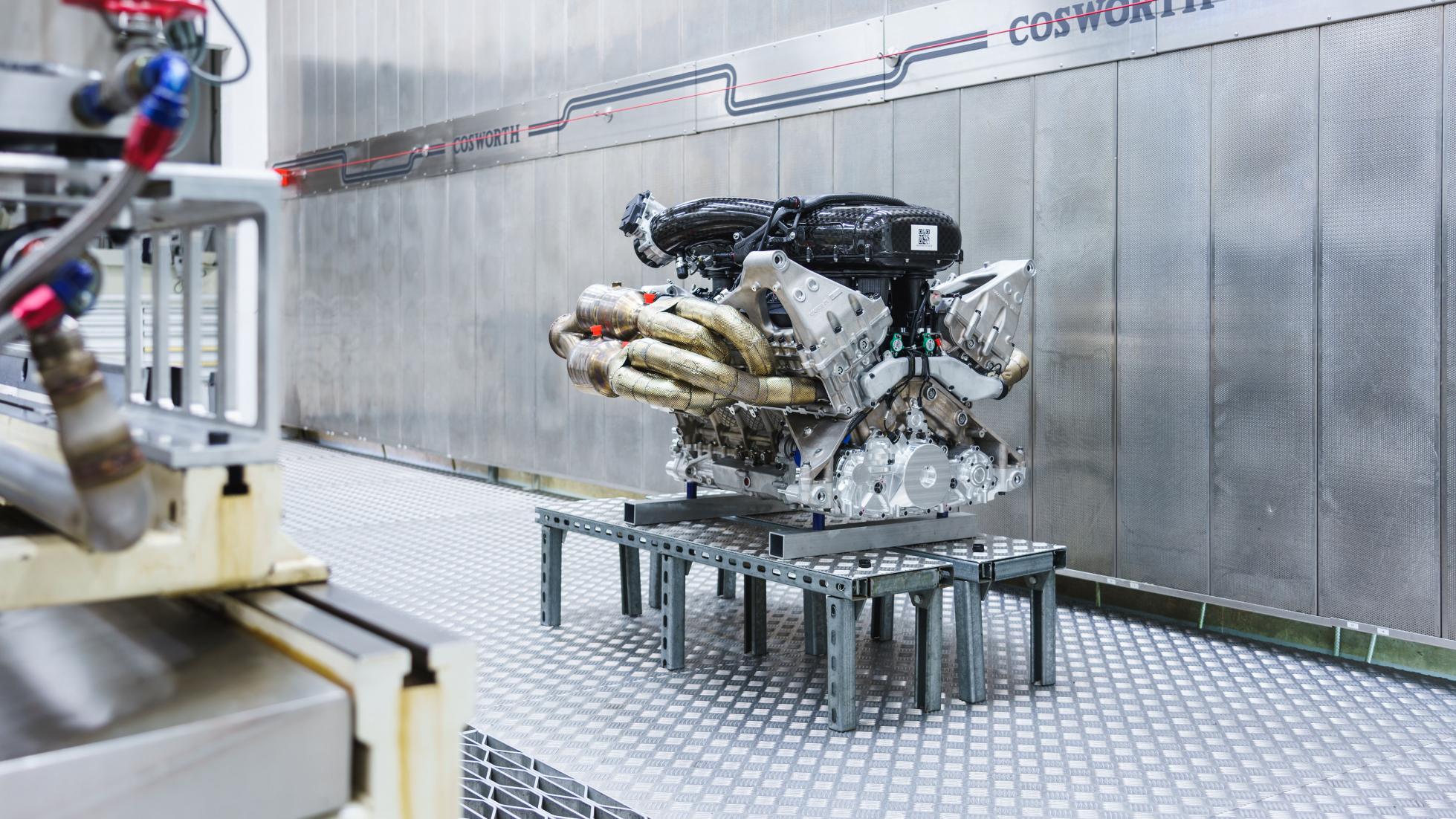
Forget what you know about high-revving car engines. Think a Honda S2000 or Lexus LFA is a screamer? Pur-lease. You ain’t heard nothing yet.
The Aston’s V12 started the bidding with promises of 1,000bhp at 10,500rpm, and an ultimate redline of 11,100rpm. And we all thought ‘yep, that’s as fast as a road engine can spin without distributing expensive bits of metal liberally around your entire postcode’.
But the Murray T.50’s engine has it licked. You have to wait until 11,500rpm for maximum power, and the redline is set at 12,100rpm – 1,000 revs higher than the Valkyrie. And you won’t be waiting much in fact; the T.50’s V12 gains 28,400 revs per second, meaning it can spin from idle to 12,100rpm in 0.3 seconds. Which is about 0.5sec longer than it takes for a terrified human to put their fingers in their ears.
Torque
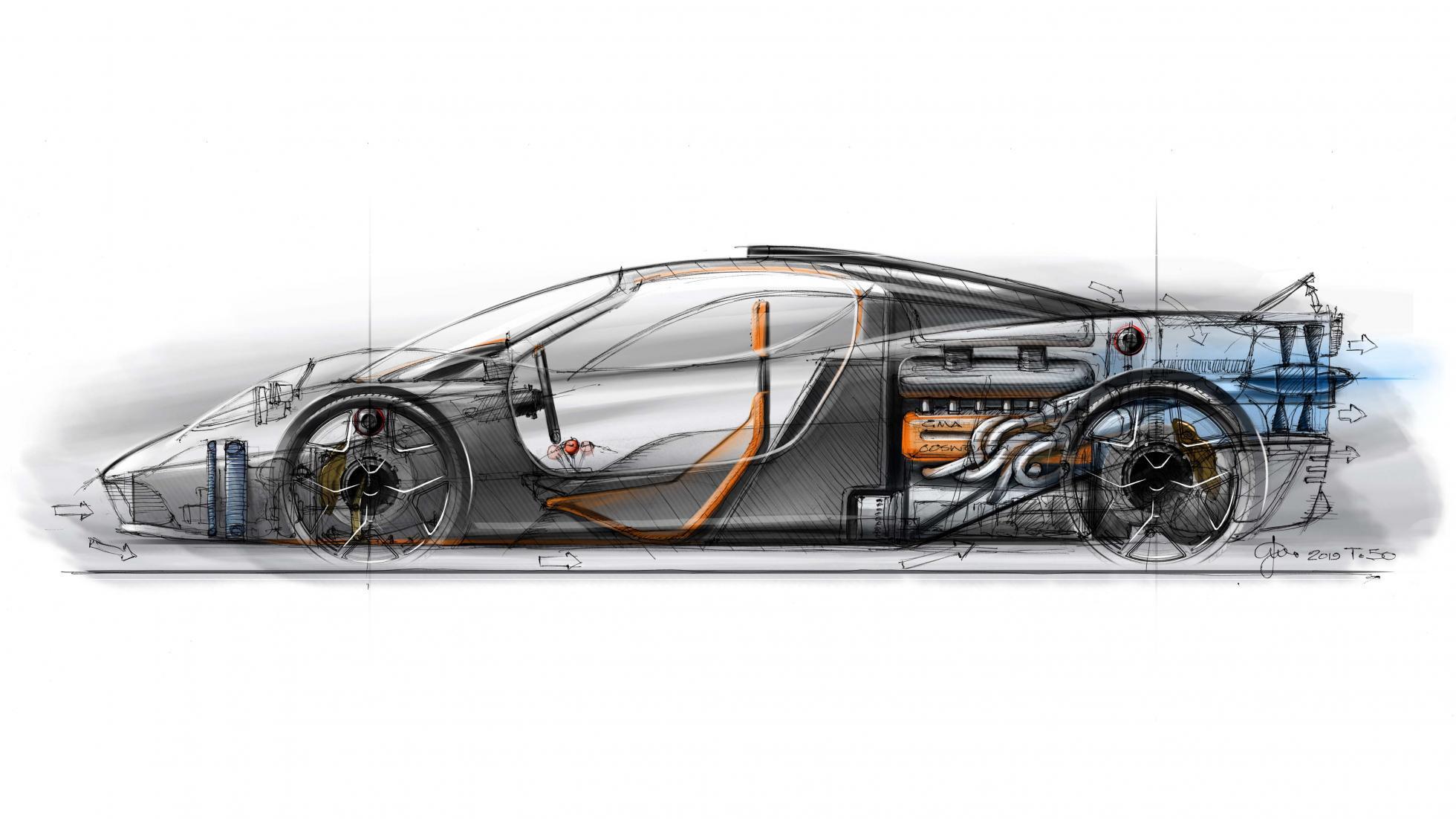
Good battleground, this. It’s all very well forging a V12 out of raw unobtanium and demanding it rev from zero to eleventy-stupid in the blink of an eye, but it’s not much cop if the result’s so peaky it eats a fresh clutch at every zebra crossing. So, Aston Martin and GMA have demanded their respective V12s have plenty of low-down grunt, as well as top-end zing.
The Murray car develops 467Nm of torque at 9,000rpm. That’s 344lb ft – the same sort of twist as a Porsche 911 GT3 RS (though don’t forget, the T.50 will be over 400kg lighter that Stuttgart’s track day star). However, 71 per cent of full torque is on tap from 2,500rpm. So, a hill-start should be a doddle.
You’d expect the Aston’s much bigger engine to develop more torque, and you’d be spot on. Peak torque is 740Nm, or 545lb ft – more than a twin-turbo Mercedes-AMG C63S. But with electric boost on board, that’s a given. And when you add the e-boost’s values, you’re looking at a grand total of 664lb ft or 900Nm, through just the rear wheels. Better have those tyres warm, boys and girls – the Valkyrie has considerably more torque than a Lamborghini Urus, but weighs about half as much. Gulp.
Weight
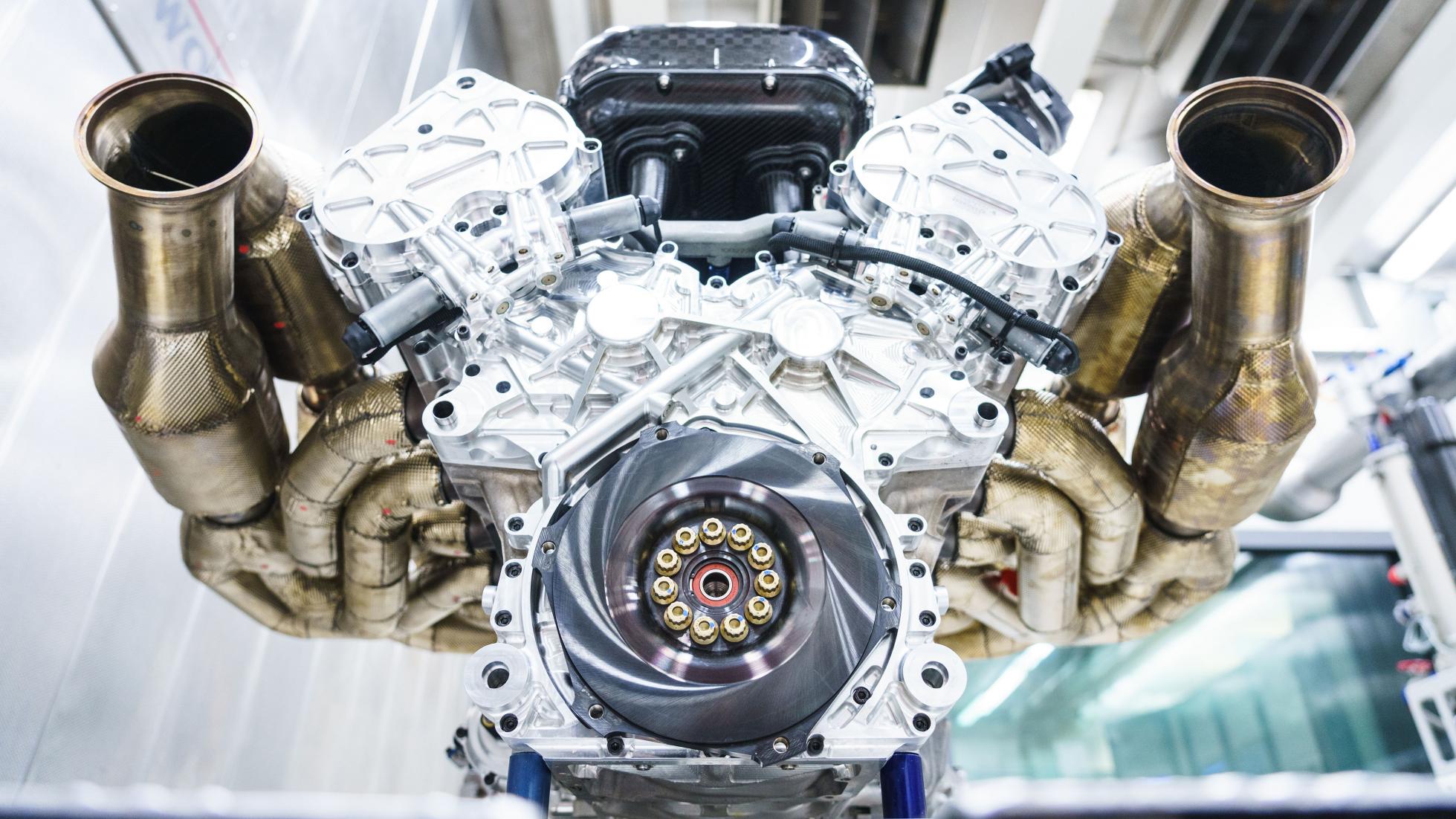
The ultimate V12 engine can’t be a ruddy great lard-arse– it needs to be impossibly lightweight too.
The T.50 sets the bar: at 178kg, the complete unit is the lightest road-going V12 ever made. The Valkyrie’s much larger, more powerful V12 weighs 206kg. Aston strikes back: 4.85bhp per kilo of engine plays 3.66bhp per kilo.
You need some context? Okay: the BMW V12 at the heart of the McLaren F1 which inspires Murray’s new car weighed in at 266kg. Now, Gordon had originally specified the engine was to weigh no more than 250kg, so why did he let BMW off the hook when it blew the limit by 16kg? Because of the titanic power. He’d only asked for 550bhp. BMW gave him 627bhp instead – or 2.35bhp per kilo.
Power Density
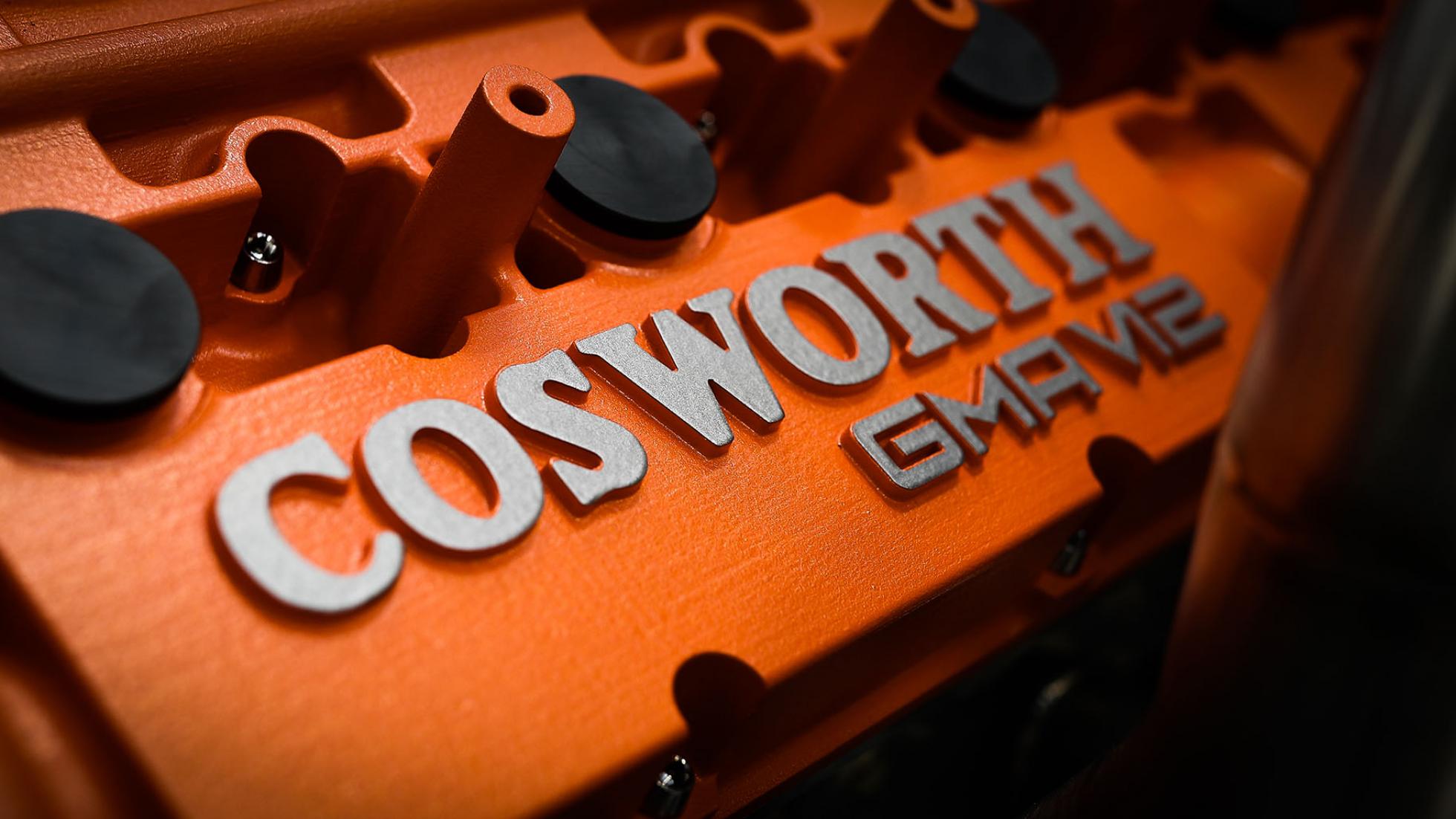
Ooh, we’re getting nerdy now. This is where we digest just how on-the-limit these gods of internal combustion engines truly are. The Aston’s equation (1000bhp / 6.5 litres) equals 153.8bhp per litre of capacity: a phenomenal achievement.
Consider that a car as bonkers as the Ferrari 812 Superfast develops a mere 121bhp per litre and you get a sense of just how mighty the Valkyrie’s V12 is. Again, we’ll add the hybrid booster separately: 1160bhp / 6.5 litres = 178bhp per litre. Theoretically, if this mad machine was hit with a shrink ray and morphed into a 2.0-litre hot hatch engine, it’d have 356bhp.
In raw internal combustion terms, the Murray T.50 arguably pips it. By generating 653bhp from 3.9 litres (ish), it equates to 167bhp per litre. And that, ladies and gentlemen, is a world record for a road-going engine (let’s not get bogged down in hybrid caveats and whataboutery just now).
Structure
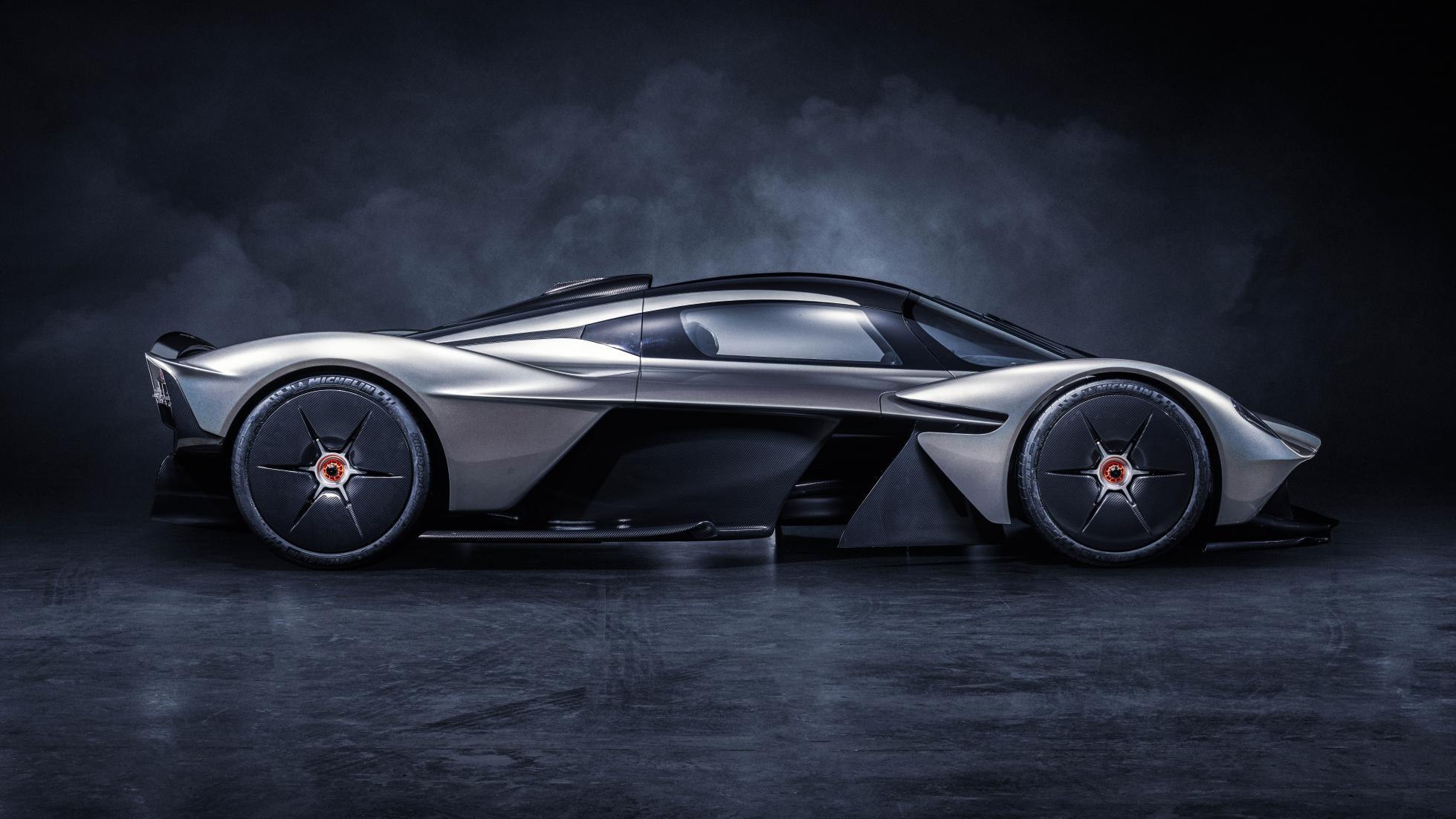
By which we mean: is the engine actually a stressed member, like a racing car? In the Aston, it is – the rear suspension is fitted directly to the engine block and gearbox casing. GMA hasn’t quite gone down that road, because of refinement and comfort. The T.50 still has suspension mounted to its engine/gearbox, it’s just rubber bushed. There’s no real rear subframe, though, so the engine assembly is fully integral to the car’s core.
Gearbox
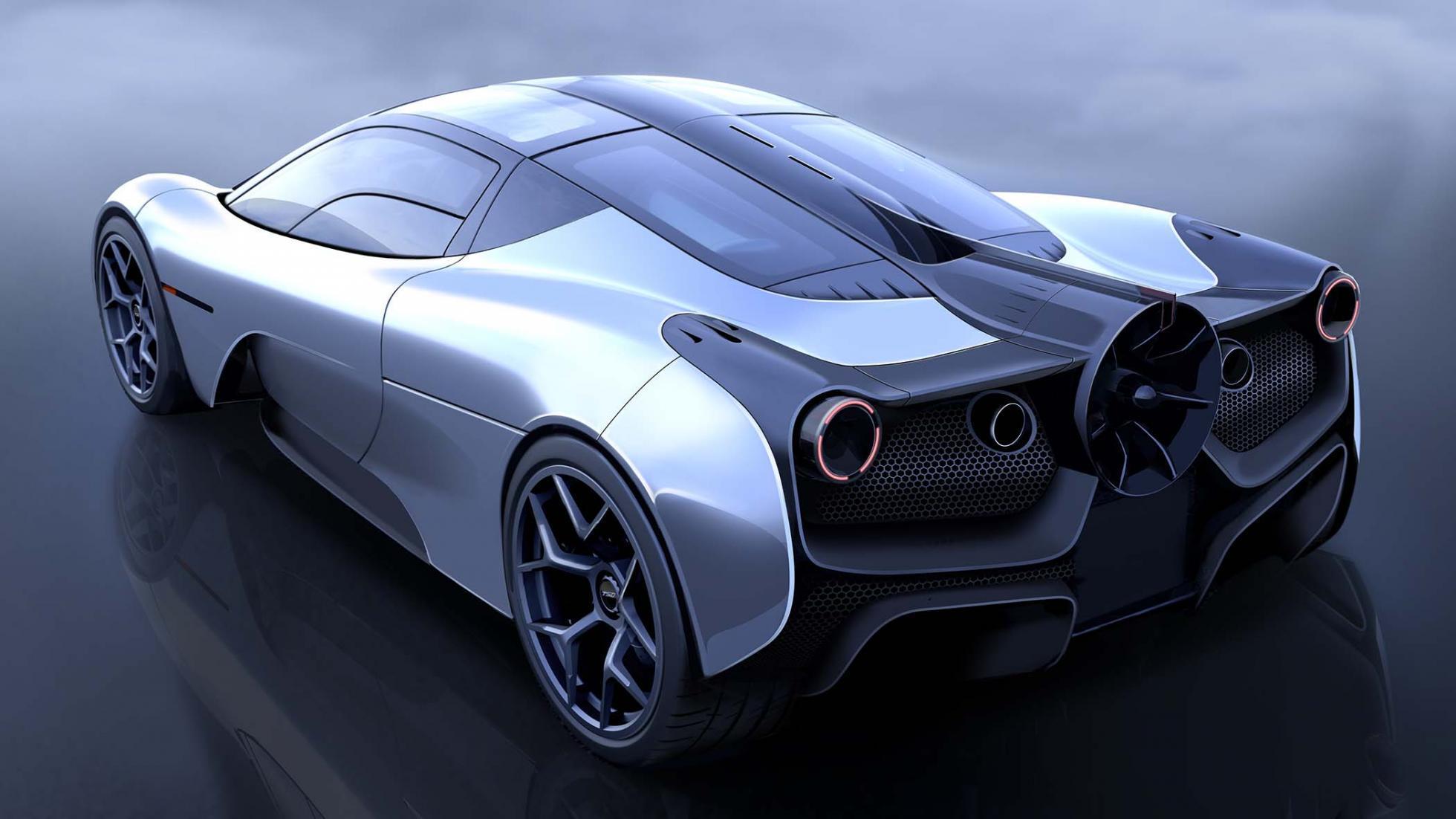
Chalk-and-cheese philosophies here. The Valkyrie, fittingly for a road-legal F1 car, is a dedicated paddleshifter. It’s a Ricardo single-clutch gearbox, which had to be made especially for the Valkyrie because no existing gearbox was small enough to fit in the chassis without ballsing up Newey’s precious airflow. There’s no reverse gear, because the car’s hybrid motor will take charge of going backwards instead. Clever stuff.
The T.50 worships at the altar of the six-speed manual. The Xtrac ‘box weighs 80.5kg, and it’s teeny, also for reasons of ground effect. The shift quality will be signed off by Gordon Murray himself. The T.50 project did dabble with the idea of a sequential transmission, but customers lobbied Gordon to change his mind, and plump for an H-pattern manual with a clutch pedal. Phew.
Best secrets
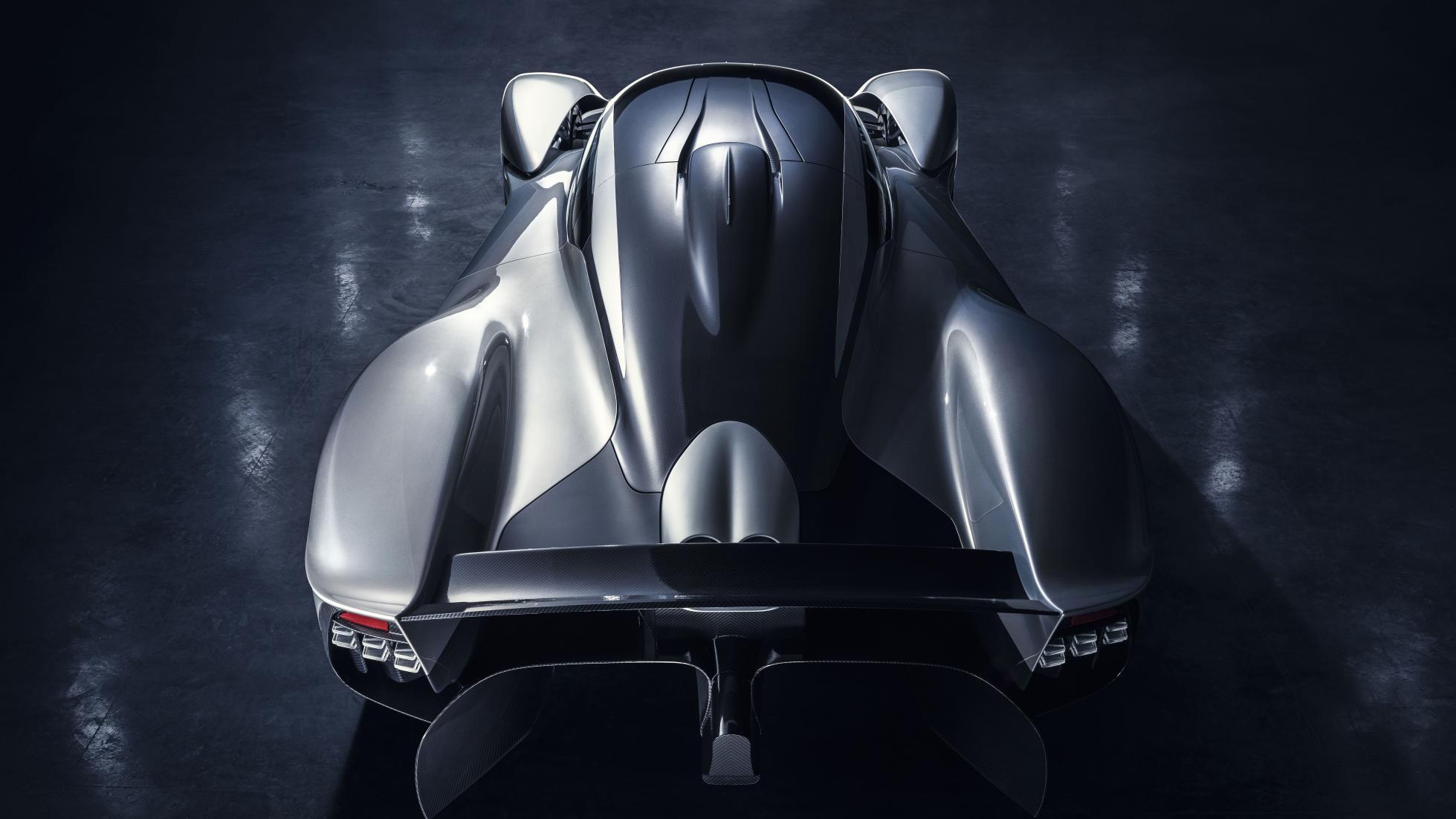
These cars are all about the crazy details; the monumental hurdles their engineers have to vault that’d never be on the radar of a team setting up a normal sports car. Where to start?
As if getting Cosworth to build the most power-dense, lightweight road-going V12 wasn’t enough, Gordon Murray also insisted the engine had to be bite-the-back-of-your-fist gorgeous. That’s why it has no belt drives, and all the ancillaries are tucked out of sight. Only the heads of the engine block, the exhaust manifolds and inlet trumpets ‘take centre stage’. And what a stage too: the engine will sit in a ‘viewing gallery’, deep in the car’s midriff, under clamshell covers.
It’s even beautiful in ways you’ll never see. The crank, for instance, lies just 85mm from the base of the engine – lower even than the McLaren F1’s crank, which sat 125mm from the V12’s bottom. It’s made from steel and weighs just 13kg.
The Valkyrie’s engine has true F1 pedigree. Apparently, Cosworth’s starting point was the CA2010 18,000rpm 2.4-litre V8 from Williams’ 2010 F1 car. And if you scaled up that engine to be a 6.5-litre, it would actually be heavier than the Aston’s new V12.
Special mention to the rear numberplate, which has to be made of heat resistant metal. What’s that got to do with the V12? Because the plate sits next to the exhaust, which sears up to 800 degrees Celcius at full chat. Ouch.
The brags
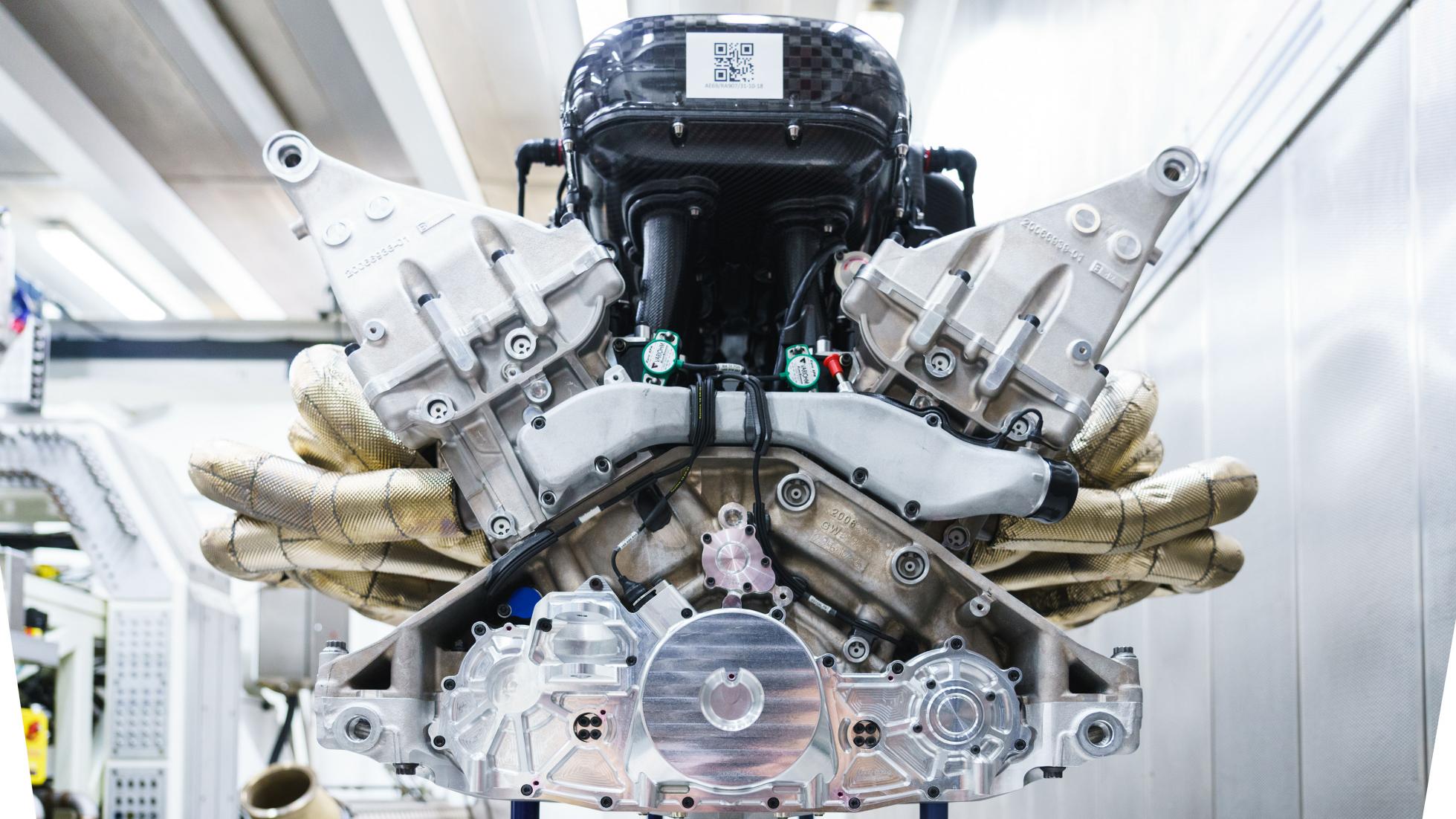
So, two very singular engines for different applications in potentially iconic cars. But they both reckon they’re number one.
Aston Martin says “the new V12 had to satisfy a simple, yet extraordinary brief: to create the ultimate expression of the internal combustion engine. Evoking the spine-tingling, ultra-high-revving F1 engines of the 1990s, but benefitting from two decades of progress in design, material and manufacturing expertise, the Aston Martin Valkyrie’s 1000bhp V12 is a masterpiece, from one of the world’s most illustrious engine builders: an internal combustion engine without peer for a hypercar without precedent”.
Undaunted, Gordon Murray Automotive heralds its V12 as the greatest road-car V12 ever made. It proclaims the engine “combines the immense experience of Cosworth and Murray to be the most engaging, characterful and driver-focused V12 engine ever produced”.
Murray himself tells TG: “the bit I don’t understand [is] how they [Cosworth] play off injection against torque with ignition timing. And my goodness the thermal side of the engine is so clever. Cosworth must be the best engine company on the planet. There’s nothing in common with the Valkyrie V12, this is really the next generation on.”

TG.com’s verdict? Our puny minds just feel lucky to live in a world where designers and engineers still seek to push the boundaries like this, purely in the name of driving thrills. Frankly, the only sensible option is to have one of each. Anyone know this week’s lottery numbers?

